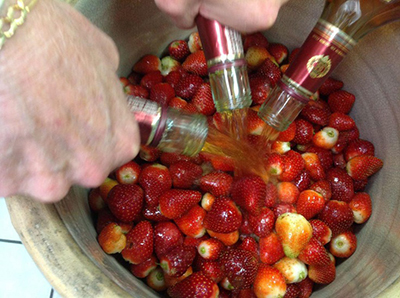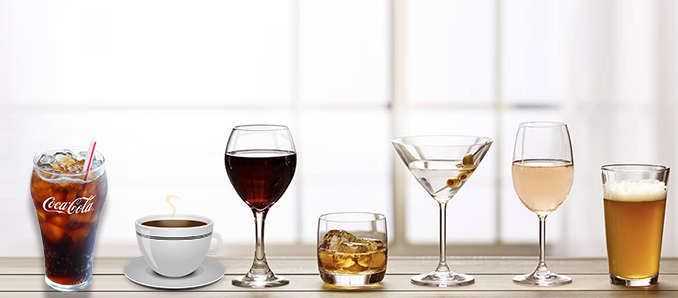Are you a beer lover? Then, this is the best era to be alive, with an available range of great craft beers. Although there has been an easy chance to get overwhelmed by the numerous available choices, Ale and Lager are the two types of beer available popularly. Of course, there are also subtypes within each variety, but both beers are equally unique and wonderful.
What then differentiates them from each other? How do the varieties create a different impact on the overall experience?
What makes Ale and Lager different from each other?
There are many differences in beer making – from the top billionaire brew businesses to the roadside brew-set up. Knowing how those differences impact your beer is an essential step to understanding how the final product achieves the quality and complexity you so desire. And if you are home-brewing, knowing all these is the most fundamental.
So, today, let’s find out what gives Ale and Lager their distinctive characteristics. We hope this will make you understand how they are individually different and unique.
Types of yeast used
Ask the most beer aficionados! What is the difference between Lager and Ale? You will get the most commonly offered answer: Yeast. The statement is right on the face but certainly misleading and way more complicated than you think.
If you carefully observe an active fermentation for a certain period, you will see how the yeast is distributed through the liquid. Since countless yeast cells multiply and feed depending on the available sugars, clearer wort becomes much more cloudy. Consequently, all of the bubbles appear at the top of the fermenter. But the yeast cells drop out whenever the fermentation is over, and the beer goes back to its evident self once again.
Typically, Ale is fermented by using the Saccharomyces cerevisiae. It is a common type of yeast and applies to different kinds of use- including bread and wine. The real Ale yeast has a hardy variety that can deal with environmental variation in hot weather or frigid environments. It also can deal better with high alcohol content. It is the most authentic yeast you can get.
Besides, brewers consider real Ale yeast one of the top-fermented yeast. It initially rises on the top and slowly gets sunk in the vessel’s bottom while the fermentation ends. Historically, this yeast culture emerged with the bread-making development- an effortless leavening bread process. This process also makes it best to harvest the yeast without requiring extra distribution.
Read Also: Untouched by Light: Sparkling Wine Made in Darkness – F & B
On the contrary, Lager is fermented by using Saccharomyces uvarum. At an earlier stage, it was used for the brewing industry in Bavaria in the reminiscence, one of the first species which has taken a wide ride from American to Europe. Characteristically, lager yeast is not that much bottom-fermenting and does not rise as much as the Ale yeast. Hence, it does not even show up on the top of the vessel.
So, the only reason it is regarded as the bottom-fermented species is that the fermentation consists of elements that make it difficult to see the bottom of the brewing pot. Moreover, Lager yeast is much more fragile than the authentic Ale yeast, requiring the specific condition to sustain. However, the yeast can result in different outcomes by containing different varieties.
Temperature of fermentation
Ale is fermented warm and requires 60 degrees to 75-degree temperature to sustain. In some exceptional cases, the range can be as high as 95 degrees to 100 degrees. Most yeast cells can die or cease to act below the 58-degree temperature.
In comparison, Lager yeast requires a much colder temperature to sustain its effectiveness. In Bavaria, the origin of lager yeast, the cloud temperature in winter allows this yeast to be used by brewers. Therefore, as per the decree of Bavaria’s Duke Albrecht V in 1553, not a minimal brewing is possible in the summer.
However, the lower temperature makes achieving more precise brewing time consuming, which is the primary speciality of Lager. As a result, Lager tends to go through an additional step – cold conditioning – to get the drink more transparent.
Ingredient, flavour, and taste
Generally speaking, all beer uses a standard range of ingredients such as water, grain, yeast, and hops. However, due to the purity law passed in Germany in 1516, brewers are only allowed to use malted grains in their beers. Fortunately, yeast remained a part of the Lager brewing. And with no ingredient restrictions for sale, brewers can use any type based on their preference.
To conclude, Ale seems darker, appears cloudy, contains higher alcohol, and has a fruity flavour. On the other hand, Lager tends to be lighter, more transparent, contains less alcohol, and consists of crispy, sweet, and smooth flavours.






